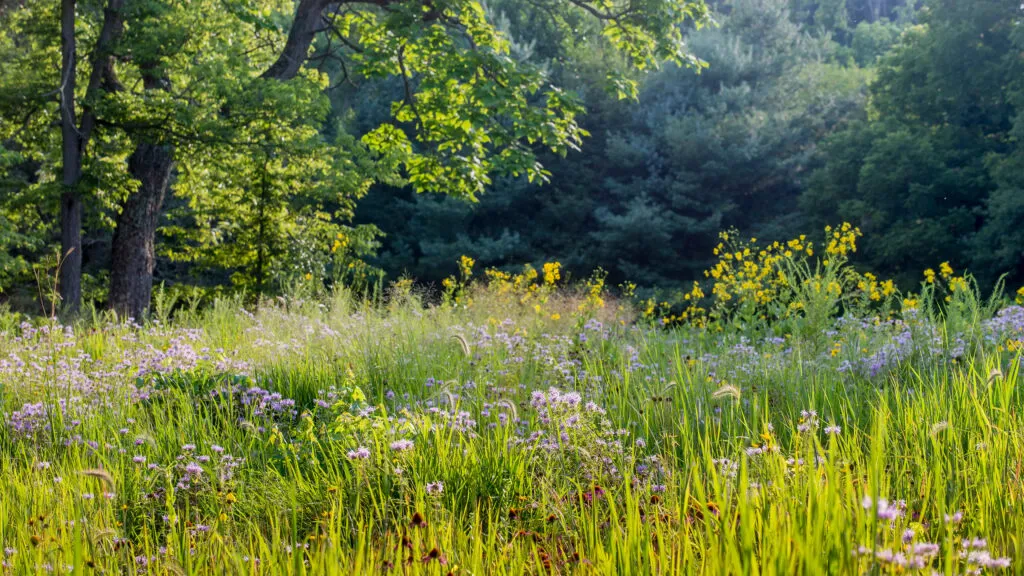
Creating a meadow requires a different way of thinking than more commonly known conventional gardening practices. A key to understanding the life cycle of a meadow is to unlearn the idea that we are masters of the plants and their habits. Instead, we must aim to work in harmony with the landscape, striking a balance between its natural progression and our interventions.
A lush, mature meadow is always part of the long-term design goal, but it’s important to understand the necessary processes that take place before reaching that stage. Each year tells a different story of the meadow as it develops. If you pay close attention, the land will tell you what is needed to allow the desired plant communities to flourish. This dialogue may even spark a few life lessons along the way.
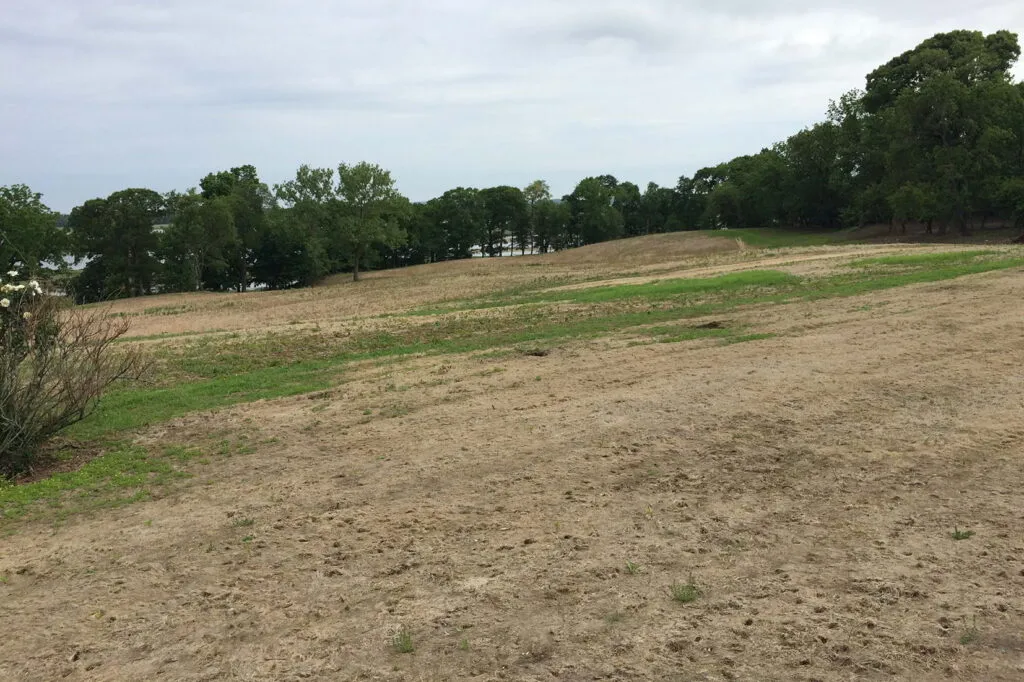
Lesson #1: Learn to Accept Change (Site Preparation)
Prior to seeding a native meadow, undesirable existing vegetation must be killed off (seeded species cannot establish viable populations if having to compete against existing growth). Weeds can be persistent; if you start by giving the soil time to exhaust any existing weed seeds, it will pay off in the long run. Depending on the site preparation method, the visible progression of this phase may mean patchy or withered vegetation and sometimes bare soil. Here is where we must take a deep breath and remember that there is beauty in the process.
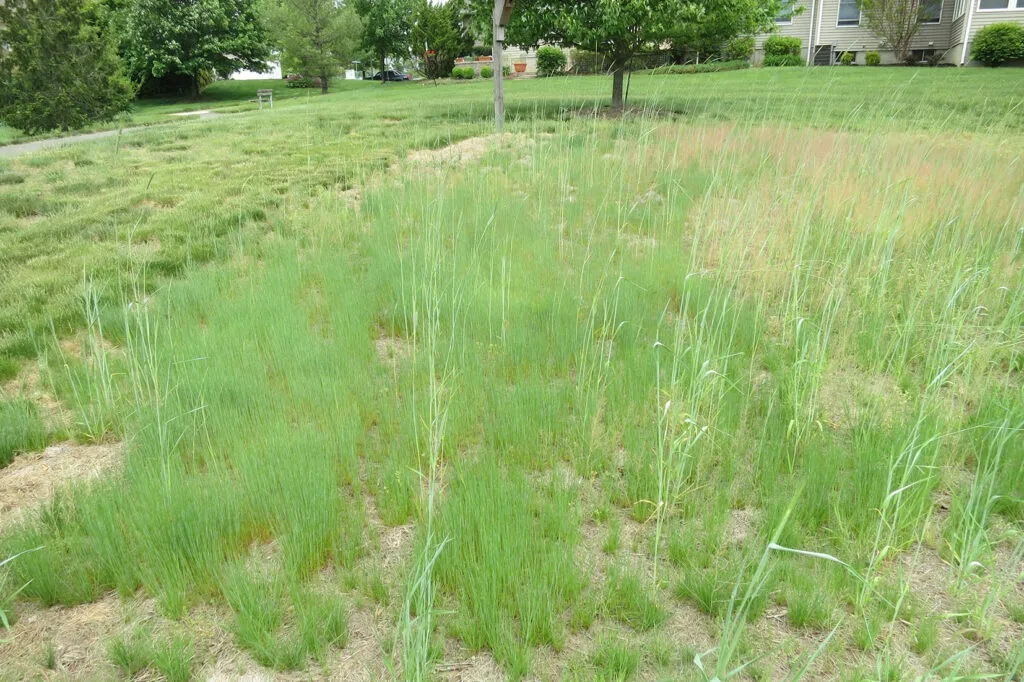
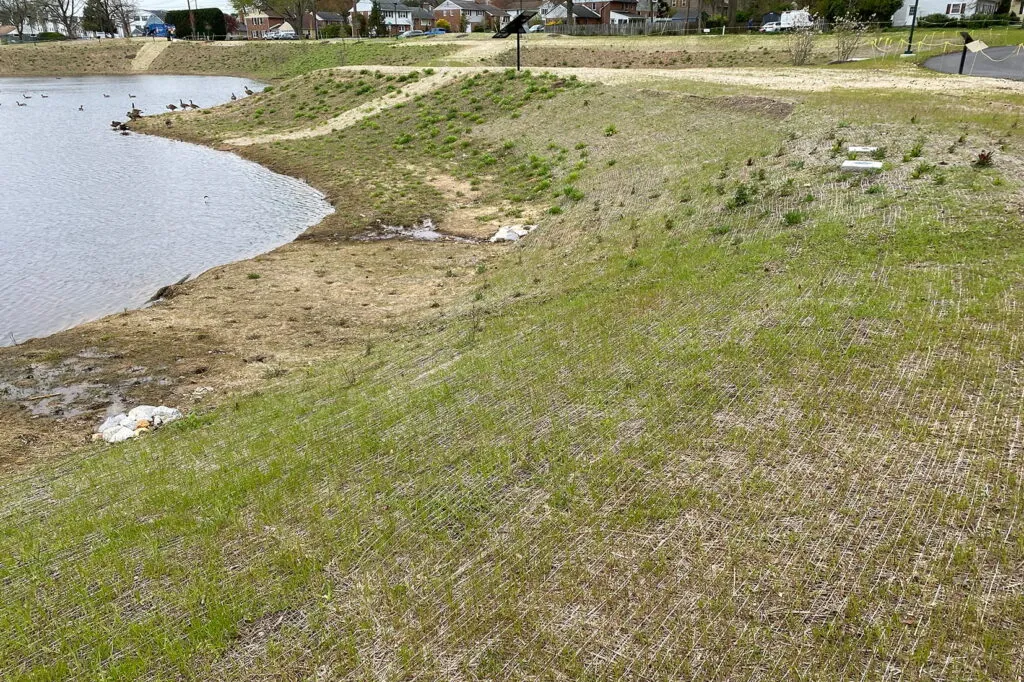
Lesson #2: A Watched Pot Never Boils (First Year of Growth)
While creating a dynamic ecosystem, it’s important to remember that faster is not better. When sowing a meadow from seed, it’s common to include a nurse crop in the seed mix. The nurse crop is typically a quick-to-establish annual grass (like oats or winter wheat) that will help stabilize the soil quickly and give the first showing of green. It often looks somewhat like a semi-mown field with occasional bare patches where germination is slower.
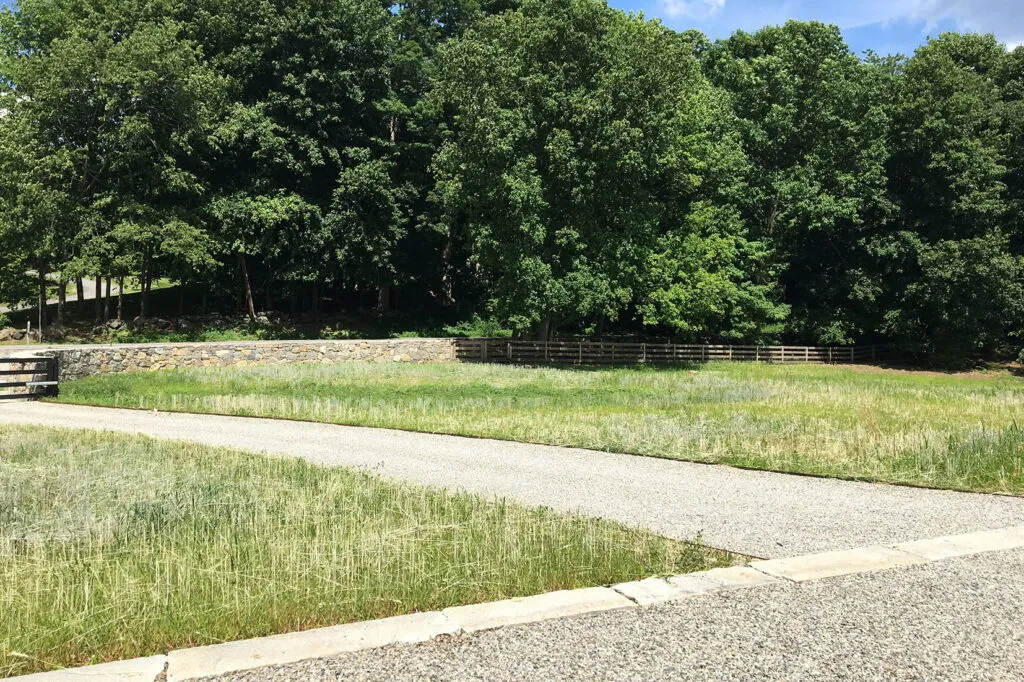
During the first growing season (May – October) the meadow should be cut to 4”-6” whenever growth reaches 12”. This sequential mowing regime sets back any annual weeds and allows slower-growing, long-term perennial flowers and grasses to receive the sunlight they need to establish. Although this first growing season may not deliver the diversity of floral show you’re hoping for—be patient, more is to come!
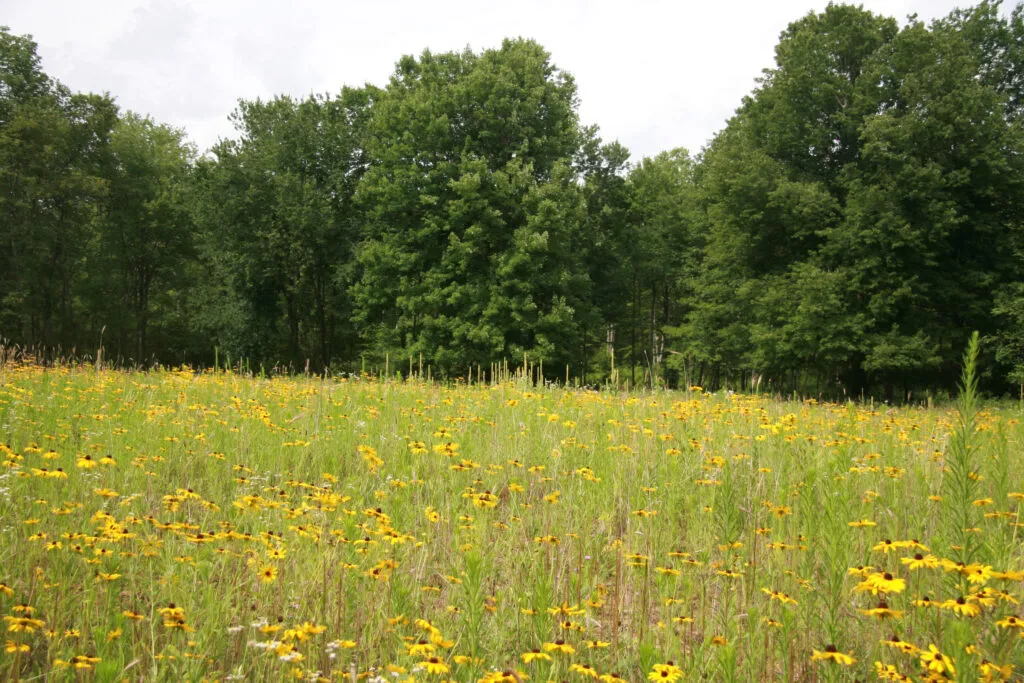
Lesson #3: Trust the Process (Second Year of Growth)
The second-year meadow will look quite different from the first. By design, the annual nurse crop grass will have phased out of the meadow, making way for the biennial and short-term perennial forbs and grasses. Don’t worry, long-term perennials are still cooking in there! These species will often put out a big flush of flowers, typically species like Black-Eyed Susan (Rudbeckia hirta) and Spotted Beebalm (Monarda punctata).
It’s important to remember that these species are playing an important early successional role and will diminish in number just in time for the longer-term flowers and grasses to take center stage. The years to follow will provide a balanced, dense tapestry of native grasses that complement the wildflowers. Unlike the first season of growth, this vegetation should be left unmown throughout the growing season and into winter. Leaving this growth standing overwinter provides aesthetic interest as well as important habitat for overwintering birds and stem nesting insects. The meadow is then typically mown in late winter or early spring prior to the emergence of new growth.
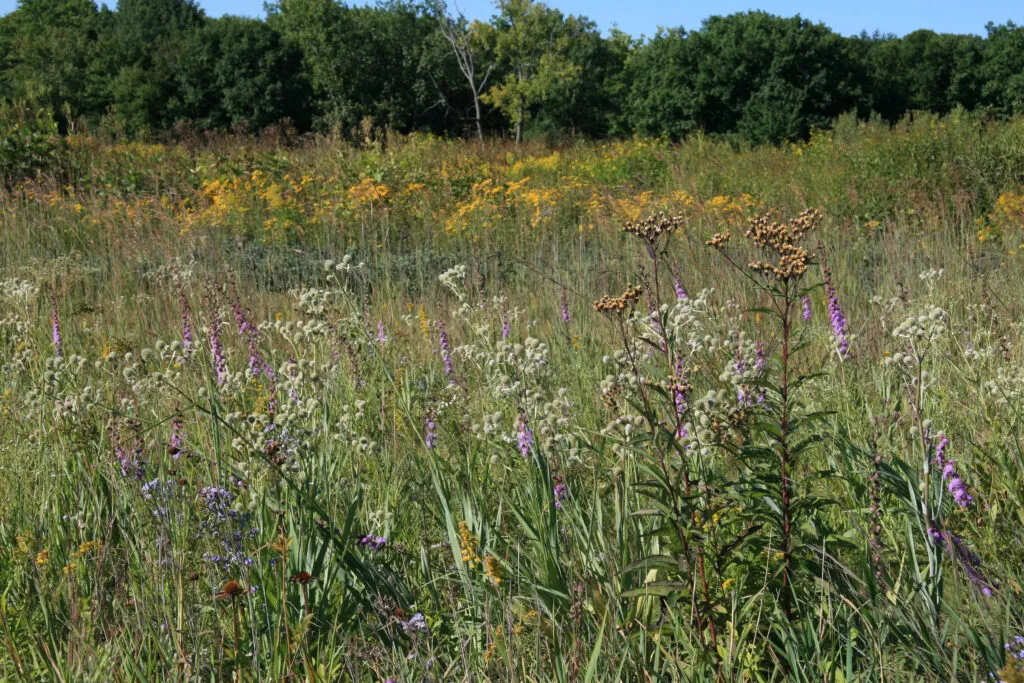
Lesson #4: Learning Never Ends (Third Year of Growth and Onwards)
A meadow in its third and fourth growing seasons begins to show prominent native grasses and long-term perennial wildflowers. Assuming proper management, the result is a dense mosaic of vegetation suppressive of weed growth. The meadow should look dynamic and legible in its diversity and will very likely be buzzing with pollinators and birds! Most of the plants found in year three of growth will remain present into the future, but the meadow will never be identical from one year to the next as it responds to seasonal variations.
Plants may move around, disappear, and then reappear in response to environmental conditions. Through management techniques we can guide these landscapes in one direction or another, but it is always in partnership with the plants, the soil, visiting wildlife, and the climate. Lucky us!